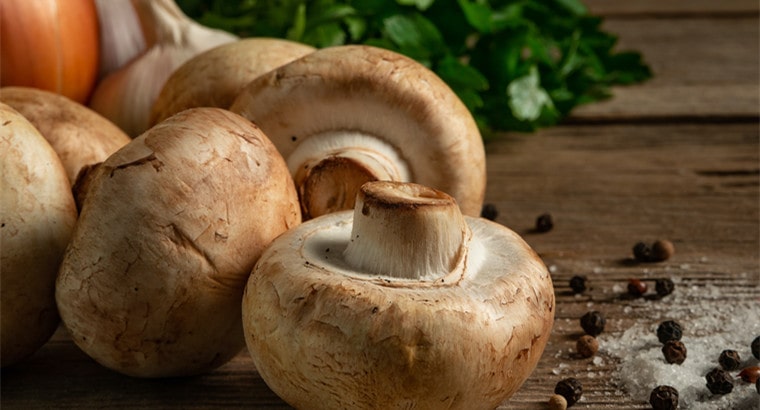Even though they are fungi, mushrooms are classified as vegetables for human consumption. In the United States, many people include mushrooms in their meals because they can easily add flavor to different cuisines without adding sodium or cooking fat.
But you have to be careful not to cook mushrooms that have gone bad. This article teaches you how to tell if mushrooms are bad.
Do Mushrooms Go Bad?
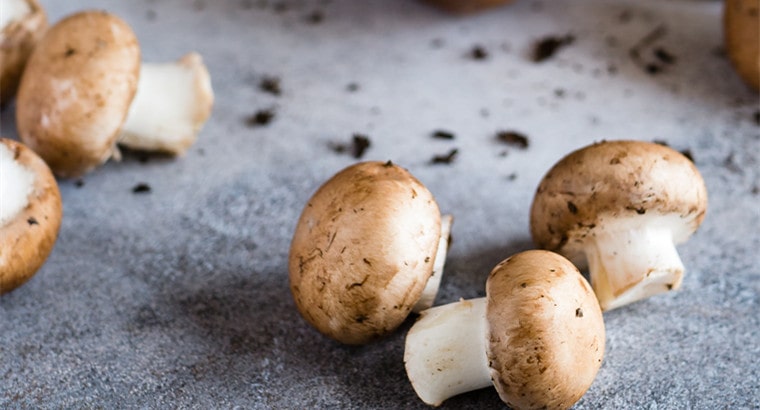
Like any other vegetable, fresh mushrooms can go bad if they are not stored properly or cooked before their expiry date. Although most of the packaged varieties of mushrooms sold in grocery stores don’t have a specific expiry date, they lose freshness and deteriorate very fast.
So, it is important to check the freshness of your mushrooms before you ingest them to avoid food poisoning.
How Long Do Mushrooms Last?
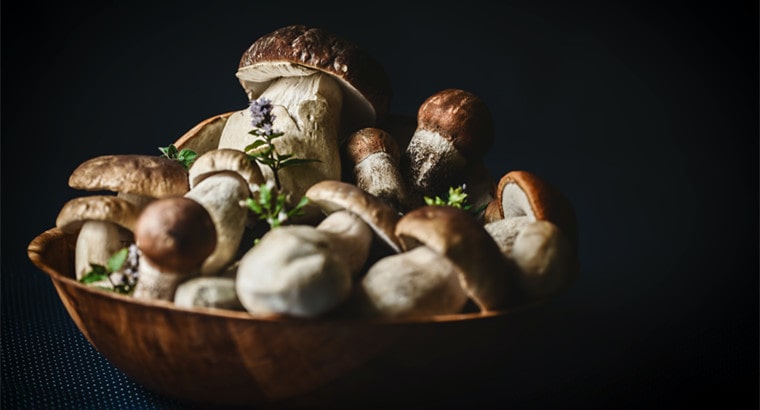
Poor sanitation and exposure to excess moisture can cause your mushrooms to go bad very quickly. And even though refrigeration can help to extend their shelf life, mushrooms will start to develop fresh fungi if they are stored in the fridge for a long time. In other words, mushrooms have a very short lifespan.
Their short shelf life is mainly attributed to their high level of water content, which makes them prone to sliminess, wilting, and mold. Their shelf life also depends on how you store them. Basically, your fresh mushrooms will only last in the fridge for 7 to 10 days before they start to show signs of deterioration.
But if you want to slice your mushrooms before you store them in the fridge, expect them to last for about a week before they start to go moldy. Cooked and frozen mushrooms have a longer life span but you should eat them within a week to enjoy their maximum flavor. You can also dry your mushrooms to extend their shelf life even longer.
It is a fact that dried mushrooms can last for up to three years before they show signs of spoilage, but they have to be stored properly. What’s more, you do not have to store your dried mushrooms in the fridge; just put them in the pantry. The most important thing is to store them in a cool dry place to minimize their contact with moisture.
How to Tell If Mushrooms Are Bad?
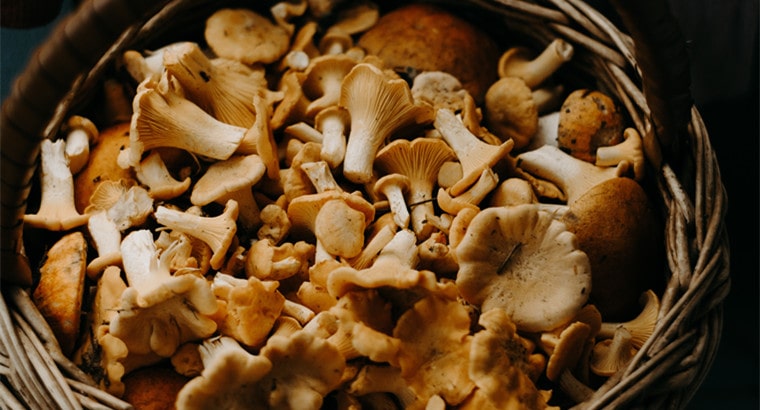
There are some obvious and not-so-obvious signs you can check to know if your mushrooms are bad. But even with these signs, you need to use your best judgment and logic to decide whether to keep your mushrooms or throw them away. Here are some simple signs to look for in your mushrooms.
1. Slimy
The rule of thumb is never to cook or eat slimy mushrooms. This stickiness usually happens when the mushrooms have stayed in the fridge for a long time. Even though slimy mushrooms aren’t poisonous at this point, you should err on the safe side. So, the best kitchen practice is to throw them away.
2. Wrinkled Mushrooms
Sometimes your mushrooms will not become slimy when they go bad, instead, they will dry out and develop wrinkles. Although it’s okay to dry out your mushrooms, especially because they have very high moisture content, they shouldn’t look too wrinkled.
So, if you notice that your mushrooms are too shriveled, the safest solution is to throw them away.
3. Dark or Dark Spots
Any new dark spots on your mushrooms are a sign that they have started to go bad. Therefore, always keep an eye on your mushrooms to see if they are becoming dark or developing dark spots. If you notice dark spots on them, it is time to get them out of your fridge. You can either cook them or toss them.
4. They’ve Stayed in the Fridge for a Long Time
Unless you have cooked, frozen, or dried your mushrooms, do not keep them for more than two weeks. In fact, two weeks is the longest time that mushrooms can remain fresh. So, if your mushrooms have exceeded this time, the safest bet is to throw them away.
5. Strong Odor
Fresh mushrooms don’t have a strong odor. So, if you can detect a smell on your fungi, just know that they have gone bad. But you should not confuse this odor with the typical mushroom scent, which is light and mild. If you have to turn your head when you open the bag with mushrooms because of the strong odor, then they are bad mushrooms.
What Will Happen If You Eat Bad Mushrooms?
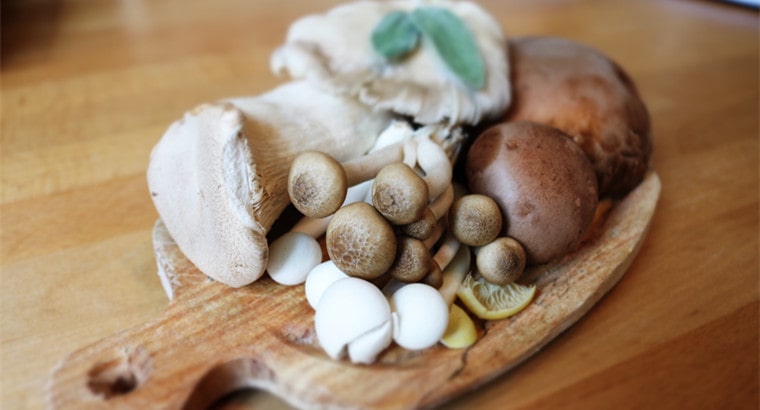
If you opened your fridge and found a pack of old mushrooms that you completely forgot about, just throw them away. Don’t cook them, no matter how fresh they may appear, especially if they have stayed in the fridge for more than two weeks. Eating spoiled mushrooms can cause serious health complications.
Sometimes you will only get an upset stomach when you eat spoiled mushrooms, but in some cases, you will suffer serious health effects that will even put your life at risk. Here are some of the dangers of eating spoiled mushrooms.
1. Botulism
Botulism is an uncommon condition caused by microbes known as Clostridium botulinum. Although this condition comes in different forms, the food-borne type of botulism is the most popular. Unfortunately, all types of botulism are deadly. Therefore, if this happens to you, consider it a medical emergency.
The World Health Organization classifies botulinum toxins as one of the most lethal substances in the world. The bacteria that causes botulism can only thrive in areas with a limited amount of oxygen. That’s why it often occurs to people who eat canned food or foods that have not been stored properly.
Love-acid preserved vegetables like mushrooms, spinach, green beans, among others are also known to have these microbes. Some of the common symptoms of botulism include difficulty swallowing or speaking, dry mouth, paralysis, and weakness in both sides of your face. Most of these symptoms will show after 12 to 36 hours.
2. Escherichia Coli
This is a microbe that lives in the human intestines. There are many types of E. coli bacteria, most of which are harmless. But some destructive strains will cause severe cramps and other abdominal complications. These bacteria often exist in contaminated food and water.
Therefore, if your mushrooms are contaminated, they are likely to expose you to these harmful bacteria. Your mushroom can easily become contaminated during storage. That’s why you should always clean them before cooking.
Some of the common symptoms of E. coli include stomach cramps, pain, and tenderness. It can also cause diarrhea that goes from mild and watery to severe and bloody. If not treated immediately, this condition can be fatal.
3. Salmonella
This is a common condition that affects people who consume contaminated food and water. If your mushrooms are contaminated during storage or when preparing them, you are at risk of developing salmonella. It becomes even worse when you eat spoiled mushrooms.
This condition takes a few hours or days after ingestion to show symptoms. Some of the most common symptoms of salmonella include vomiting, nausea, abdominal cramps, diarrhea, bloody stool, headache, chill, and fever. Even after recovering from this condition, your intestinal tract will take a few months to go back to normal.
Moreover, most types of salmonella can be deadly if not treated immediately. So, it is important to see a doctor as soon as you start developing any of these symptoms, especially after consuming mushrooms that have stayed in the fridge for a long time.
How to Store Mushrooms?
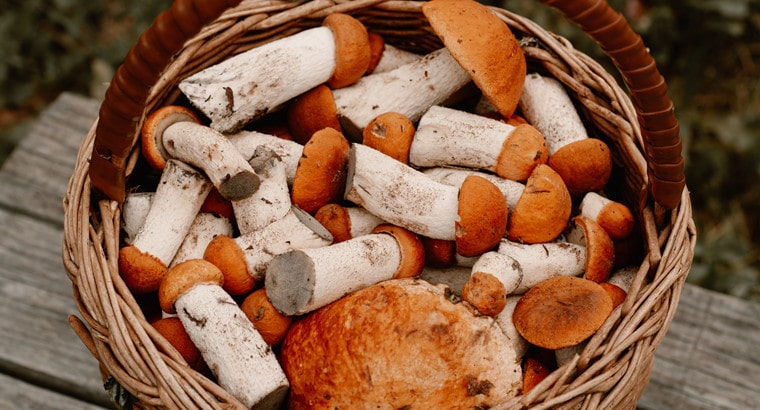
While mushrooms are a delightful source of flavor for your different cuisines, they can take just a few days of poor storage to go bad. Here are several useful tips on how to store your mushrooms for improved shelf life.
1. Don’t Remove Them from the Package
When you are storing your mushrooms in the fridge, it is important to keep them in the package they came in. Don’t even open the package if you are not using them immediately. But make sure you use them within a week.
2. Put Them in a Container
If your mushrooms didn’t come in a container, place them in a small bowl or dish and cover them with plastic wrap. Poke some holes in the plastic wrap to allow your mushrooms to get some air. Then put them in the fridge and don’t let them stay there for long without cooking them.
3. Wrap Them in a Bag
You can wrap your mushrooms in a paper towel and put them in a paper bag or zip-top plastic bag. But remember to keep the top of the bag open to allow the air in. Put the bag with the mushrooms in a fridge and use them within a week.
In Summary
Eating spoiled mushrooms is very risky because they will expose you to serious health complications, some of which can cause death. But with these tips, you should be able to know when your mushrooms have gone bad.
You should also use these tips to teach your family members and friend how to tell if mushrooms are bad. It is a simple way to save lives.


